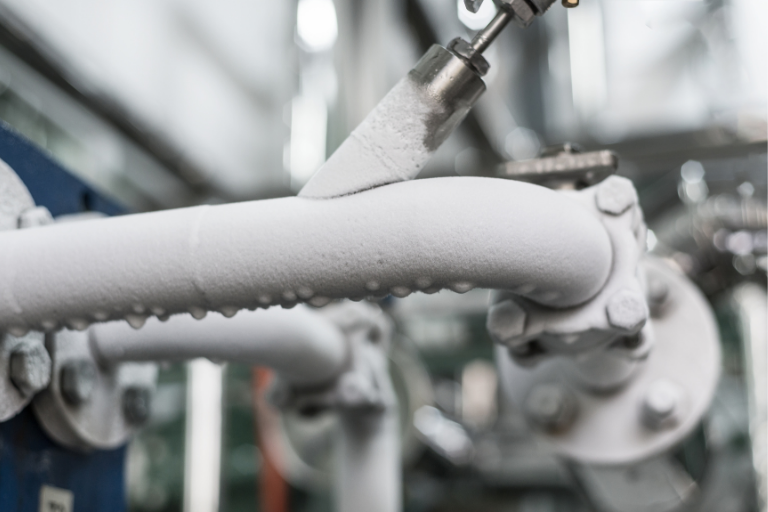5 Proven Methods To Unfreeze Frozen Pipes In Your Home

Unfreezing frozen pipes in your home is a critical task during cold winters. There are several effective methods for how to unfreeze frozen pipes. However, it's important to understand the potential drawbacks of each approach on how to unfreeze frozen pipes. This article will outline five proven methods for how to unfreeze your pipes, along with their negatives, and highlight the importance of using eco-friendly products like Safe Paw.
1. Using A Hair Dryer: Convenience With Caution
Using a hair dryer is a common and convenient method. However, it requires continuous hands-on operation and may not be practical for pipes in hard-to-reach areas. Additionally, using electrical devices near water sources always carries a risk of electrical hazards.
2. Electric Heating Pads Or Hot Towels: Slow And Steady
Wrapping pipes in electric heating pads or towels soaked in hot water is a safer, gradual approach. The downside is that this method can be slow, particularly for thicker pipes or severe ice blockages. It also requires constant monitoring to ensure safety and effectiveness.
3. Portable Space Heater: Effective But Risky
Using a portable space heater can be effective, especially for larger spaces. However, this method poses significant fire risks if not carefully monitored. It's essential to keep the heater away from flammable materials and to never leave it unattended while in operation.
4. Electrical Heat Tape: Long-Term Solution With Installation Concerns
Electrical heat tape is useful for preventing pipe freezing. However, incorrect installation can lead to overheating and potential fire hazards. It also represents an additional energy cost and requires an accessible electrical outlet.
5. Opening Cabinet Doors: Simple But Limited
Keeping cabinet doors open to allow warm air to circulate around the pipes is a simple trick. However, its effectiveness is limited in extremely cold temperatures or if the frozen pipe is located in an area not affected by indoor heating, such as a basement or garage.
The Negatives Of Using Salt And Chloride-Based Ice Melts
Using salt or chloride-based ice melts for thawing pipes carries significant drawbacks. These substances can be corrosive to metal pipes, leading to long-term damage and potential leaks. They also pose environmental hazards, contaminating soil and water, and can be harmful to pets and plants.
Safe Paw: A Non-Corrosive, Eco-Friendly Alternative
To avoid the negative impacts of traditional ice melts, homeowners should consider Safe Paw, a chloride-free and toxin-free ice melt. It is safe for pets, children, and the environment. Unlike corrosive salt-based products, Safe Paw will not damage your home's plumbing system or surrounding vegetation. It’s effective in low temperatures and is an ideal solution for external areas around the home where ice may contribute to frozen pipes.
Conclusion
While there are several answers to how to unfreeze frozen pipes, each has its own set of challenges and limitations. By understanding these and taking necessary precautions, homeowners can effectively thaw frozen pipes. Additionally, using environmentally friendly products like Safe Paw for deicing can prevent future freezing issues without the environmental and structural risks associated with salt and chloride-based ice melts. Remember, the best approach is a combination of proactive prevention and a safe, effective thawing technique.
Comments
Post a Comment